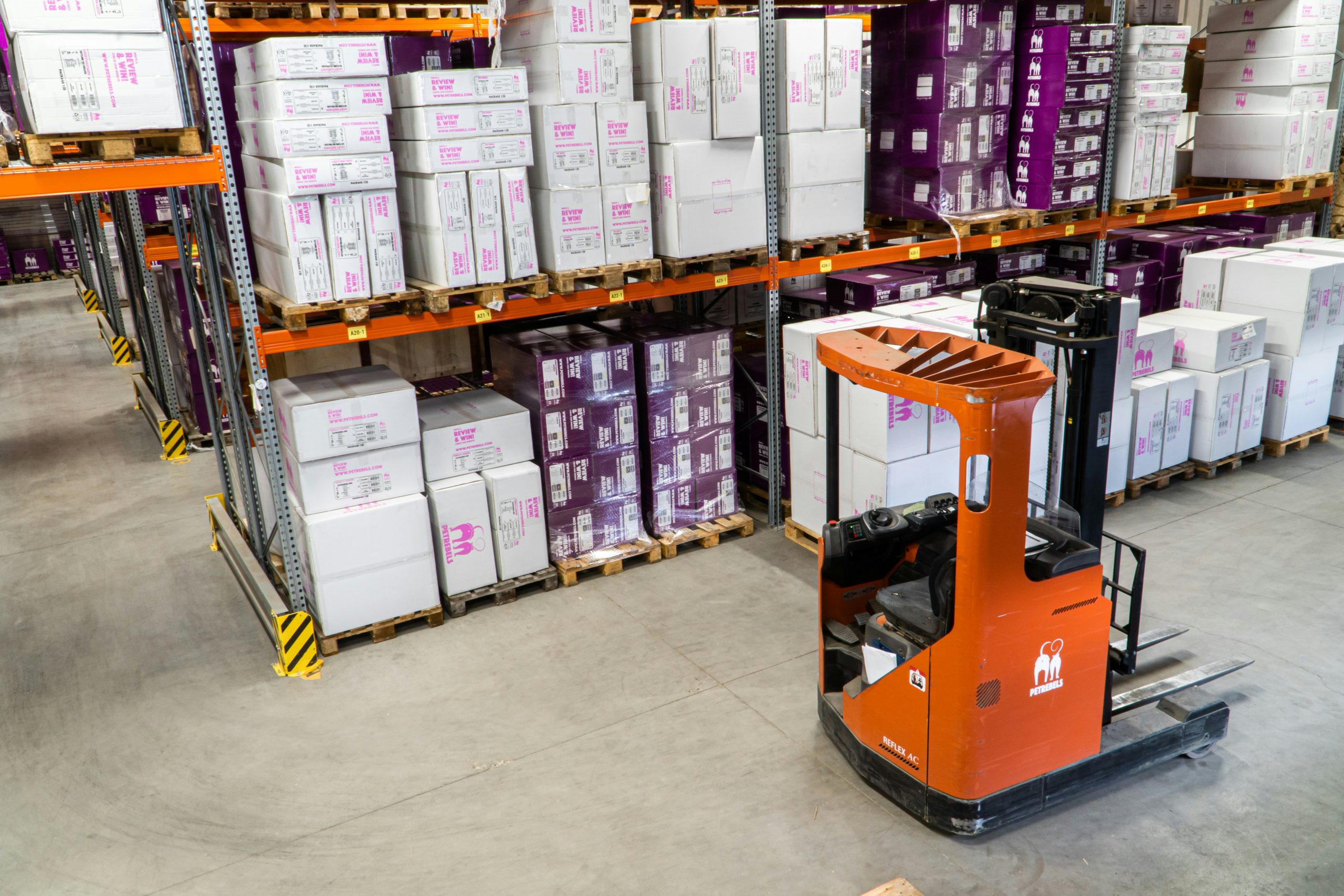Automated Storage and Retrieval Systems (AS/RS) have revolutionized warehouse and distribution center operations, offering efficiency, accuracy, and space optimization benefits. However, implementing an AS/RS requires careful planning, investment, and consideration of various factors to determine if it’s the right solution for your business. In this comprehensive guide, we’ll explore the key components, benefits, challenges, and considerations of AS/RS to help you determine if it’s the right fit for your storage and retrieval needs.

-
Understanding Automated Storage and Retrieval Systems (AS/RS)
AS/RS is a type of warehouse automation technology that utilizes robotic systems, conveyors, and storage racks to automatically store and retrieve goods from designated storage locations. These systems are designed to maximize space utilization, improve inventory accuracy, and streamline warehouse operations by automating the storage and retrieval process. AS/RS systems can vary in complexity and design, ranging from simple vertical lift modules to high-speed shuttle systems and robotic picking solutions.
-
Components of AS/RS
AS/RS systems typically consist of several key components, including:
- Storage racks or shelves: These provide the structural framework for storing goods and are configured to accommodate various types of inventory, including pallets, totes, cartons, and individual items.
- Automated retrieval machines: These are robotic systems equipped with grippers, conveyors, and sensors that move along the storage racks to retrieve goods and transport them to designated pick-up points.
- Control software: This software coordinates the operation of the AS/RS system, manages inventory data, and optimizes storage and retrieval tasks based on predefined criteria such as SKU velocity, order priorities, and storage space availability.
- Conveyor systems: These facilitate the movement of goods within the warehouse, transporting items between storage locations, picking stations, and shipping areas as needed.
- Warehouse management system (WMS) integration: AS/RS systems are often integrated with WMS software to provide real-time visibility into inventory levels, order status, and warehouse performance metrics.
-
Benefits of AS/RS
Implementing an AS/RS system offers several benefits for warehouse and distribution center operations, including:
- Increased storage capacity: AS/RS systems maximize vertical space utilization, allowing warehouses to store more inventory in the same footprint.
- Improved inventory accuracy: Automated storage and retrieval processes reduce the risk of human error and minimize discrepancies in inventory counts.
- Enhanced picking efficiency: AS/RS systems can accelerate the picking process by automatically retrieving goods and delivering them to pickers, reducing travel time and labor costs.
- Space optimization: By consolidating inventory and optimizing storage configurations, AS/RS systems help warehouses make the most efficient use of available space.
- Scalability: AS/RS systems can be scaled up or down to accommodate changing business needs, making them suitable for businesses experiencing growth or fluctuations in demand. To start exploring specific solutions, browse Modula AS/RS solutions for innovative and customizable options
-
Challenges and Considerations
While AS/RS systems offer numerous benefits, there are also challenges and considerations to take into account when evaluating whether they’re the right fit for your business:
- Initial investment: Implementing an AS/RS system requires a significant upfront investment in equipment, software, installation, and training.
- Maintenance and support: AS/RS systems require regular maintenance and servicing to ensure optimal performance and reliability. Businesses must budget for ongoing maintenance costs and have access to technical support when needed.
- Integration with existing systems: AS/RS systems need to integrate seamlessly with existing warehouse management, inventory management, and order fulfillment systems. Compatibility and data synchronization are critical factors to consider when implementing an AS/RS solution.
- Space constraints: While AS/RS systems can maximize vertical space utilization, they may not be suitable for warehouses with limited ceiling heights or irregular layouts. Businesses must assess their space constraints and determine if an AS/RS system can be effectively implemented in their facility.
- Training and adoption: Implementing an AS/RS system requires training staff on how to operate and interact with the automated equipment. Businesses must invest in comprehensive training programs to ensure that employees can effectively utilize the new technology and adapt to changes in workflow and processes.
-
Is AS/RS Right for You?
Ultimately, determining whether AS/RS is the right solution for your business requires careful consideration of your unique needs, goals, and constraints. Ask yourself the following questions to assess the suitability of AS/RS for your storage and retrieval needs:
- Do you have high-volume, high-density storage requirements?
- Are you looking to improve inventory accuracy and order fulfillment efficiency?
- Do you have the budget and resources to invest in an AS/RS system, including equipment, software, installation, and ongoing maintenance?
- Are you willing to invest in training and support to ensure successful adoption and utilization of the AS/RS technology?
- Does your facility have the space and infrastructure to accommodate an AS/RS system, including ceiling height, floor space, and layout considerations?
By carefully evaluating these factors and consulting with warehouse automation experts, you can determine whether AS/RS is the right fit for your business and make informed decisions about investing in this transformative technology.
Conclusion
Automated Storage and Retrieval Systems (AS/RS) offer significant benefits for warehouse and distribution center operations, including increased storage capacity, improved inventory accuracy, and enhanced picking efficiency. However, implementing an AS/RS system requires careful planning, investment, and consideration of various factors, including initial investment costs, maintenance requirements, integration with existing systems, space constraints, and training needs. By assessing your unique needs, goals, and constraints and consulting with warehouse automation experts, you can determine whether AS/RS is the right solution for your storage and retrieval needs and make informed decisions about investing in this transformative technology.
